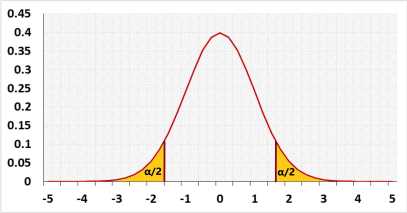One Sample Z-Test Calculator
Use the z-test when you know the population standard deviation
Enter sample data
Header: You may change groups' name to the real names.
Data: When entering data, press comma , , Space or Enter after each value.
Enter sample data
You may copy data from Excel, Google sheets or any tool that separate data with Tab and Line Feed.
Copy the data, one block of 2 consecutive columns includes the header, and paste below.
It is okay to leave empty cells, empty cells or non numeric cells won't be counted
Z test online
Target: To check if the assumed μ0 is statistically correct, based on a sample average.
You know the standard deviation from previous researches.
Example1: A farmer calculated last year the average of the apples' weight in his apple orchard μ0 equals 17 kg, based on the entire population.
The current year he checked a small sample of apples and the sample average x equals 18 kg
Has the average of the apples' weight changed this year?
The farmer know the standard deviation of the apple's weight from previous researches.



Assumptions
| Normal distribution | |
| The standard deviations of the population is known | |
| Population expected mean is known |
Required Sample Data
| Sample average | |
| Sample size |
R Code
The following R code should produce the same results:
Currently, there is no direct R function for the one-sample z test.
Examples
1. Two-tailed test
A farmer calculated last year the average of the apples' weight in his apple orchard μ0 equals 17kg, based on a big sample.
The current year the sample average x̄ equals 16kg.
Was the average of the apple's weight in the entire orchard changed this year? or is it just a random difference?
2. Left-tailed test.
In the same example as above, the farmer only cares to know if the entire average is lesser this year.